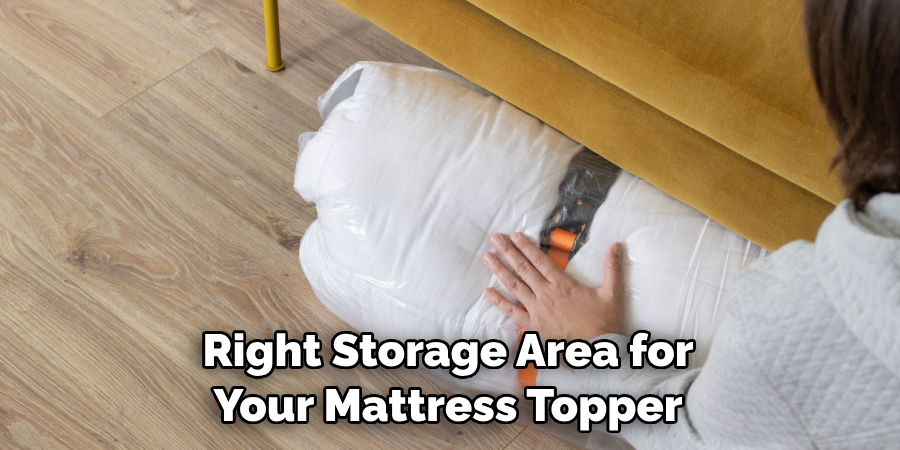1. Cleaning Before Storage
Mattresses:
-
Vacuum Thoroughly: Start by vacuuming the entire surface of the mattress to remove dust, dirt, and allergens. Pay special attention to seams and crevices.
-
Spot Clean: Address any stains or spills with a mild detergent. Avoid soaking the mattress; instead, use a damp cloth and ensure it’s completely dry before storing.
-
Deodorize: Sprinkle baking soda over the mattress and let it sit for a few hours before vacuuming it off. This helps eliminate odors.
Upholstered Furniture:
-
Vacuum: Remove loose dirt and debris from the upholstery with a vacuum cleaner equipped with an upholstery attachment.
-
Spot Clean: Treat stains with an appropriate cleaner. Always test the cleaner on a small, inconspicuous area first.
-
Professional Cleaning: For deep cleaning, consider hiring a professional, especially for delicate or valuable pieces.
2. Preparing for Storage
Mattresses:
-
Use a Mattress Cover: Invest in a breathable mattress cover or plastic wrap to protect against dust, moisture, and pests. Avoid using plastic that is not breathable, as it can trap moisture and lead to mold growth.
-
Avoid Folding: Always store mattresses flat. Folding or bending can damage the internal springs or foam, affecting comfort and durability.
Upholstered Furniture:
-
Disassemble If Possible: Take apart any removable components like legs or cushions to save space and reduce the risk of damage. Store these parts in labeled bags or containers.
-
Protect Upholstery: Cover the furniture with a breathable fabric or furniture cover to prevent dust accumulation. Avoid plastic covers unless the furniture is completely dry and free of any moisture.
3. Choosing the Right Storage Environment
Temperature and Humidity Control:
-
Cool, Dry Space: Store mattresses and upholstered furniture in a cool, dry environment. Excessive heat or humidity can cause materials to break down or develop mold and mildew.
-
Avoid Direct Sunlight: Prolonged exposure to sunlight can cause fading and deterioration of fabrics. Store your items in a shaded area or away from windows.
Pest Prevention:
-
Pest-Free Area: Ensure the storage area is clean and free of pests. Rodents and insects can cause significant damage to furniture and mattresses.
-
Use Pest Repellents: Consider using natural pest repellents like cedar blocks or lavender sachets, especially if storing in a garage or basement.
4. Storing Techniques
Mattresses:
-
Flat Storage: Lay the mattress flat on a clean, dry surface. If stacking multiple mattresses, place them on a pallet or a piece of wood to keep them off the ground and prevent moisture damage.
-
Avoid Heavy Objects: Do not place heavy items on top of the mattress, as this can cause it to lose its shape and comfort.
Upholstered Furniture:
-
Elevate Furniture: Place the furniture on pallets or risers to keep it off the ground. This helps prevent potential water damage and allows for better airflow underneath.
-
Keep Away from Walls: Leave space between the furniture and walls to ensure proper ventilation and reduce the risk of mildew.
5. Regular Check-Ups
-
Inspect Periodically: If possible, check on your stored items periodically to ensure they remain in good condition. Look for signs of mold, mildew, or pest activity.
-
Air Out Occasionally: If storing long-term, air out the items periodically. For mattresses, this means unwrapping and letting them breathe; for upholstered furniture, this might mean removing the cover and letting it sit in a well-ventilated space.
